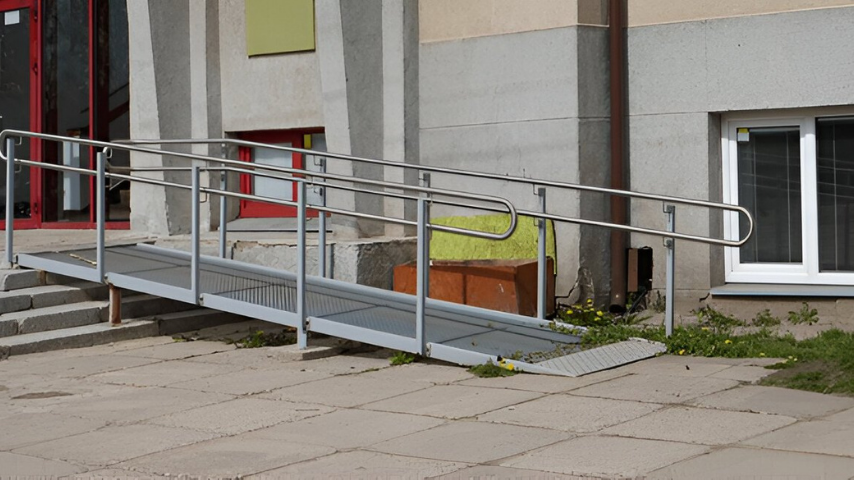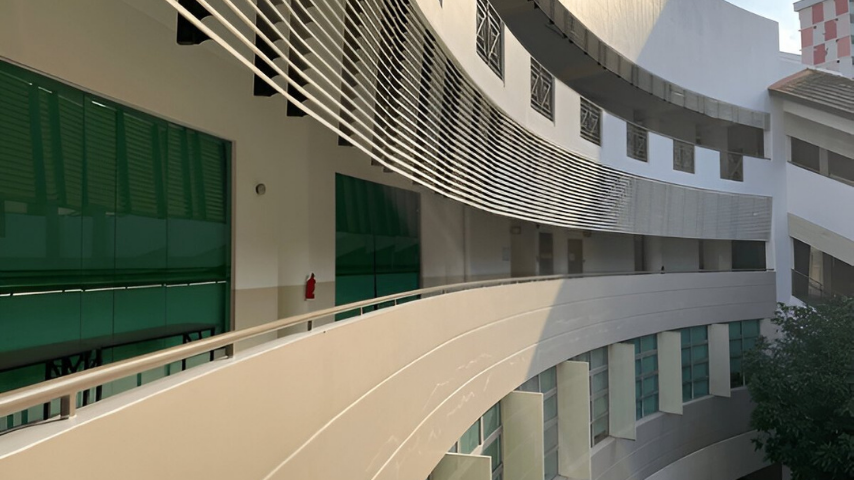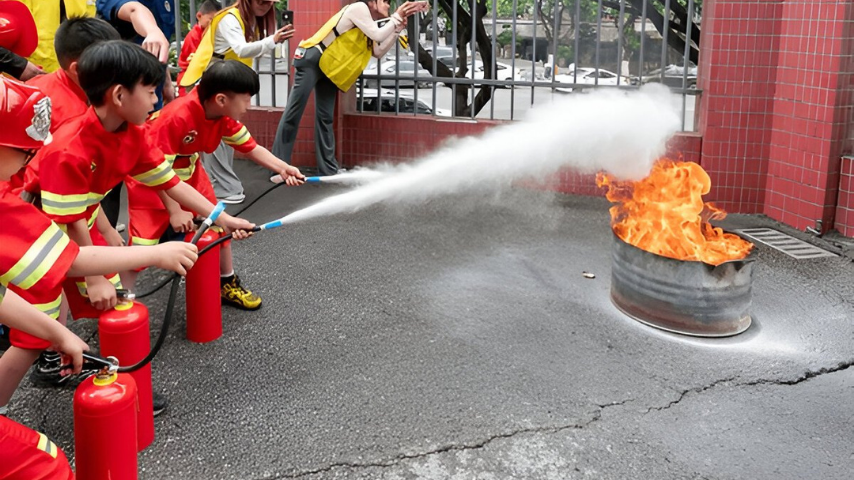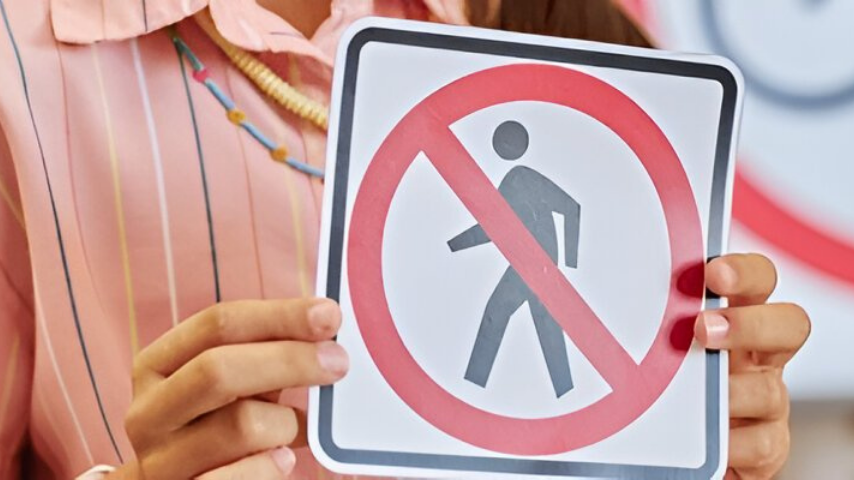School Safety Rules | Why School Safety Begins with Infrastructure
School safety is the foundation of effective education. A safe learning environment not only protects children from harm but also fosters confidence, concentration, and academic growth. While policies and supervision are vital, school safety rules largely depends on the infrastructure—the design, materials, systems, and planning that support everyday school operations.
At Noah Infrastructures, we believe that thoughtfully built school campuses are central to ensuring the health, safety, and well-being of students and staff. This blog explores the key safety measures and infrastructure elements schools must include to maintain the highest standards of protection and preparedness.
1. Accessibility: Inclusive Infrastructure for Every Child
Accessibility is more than compliance—it’s a commitment to inclusive education. Our school designs integrate:
- Ramps and elevators for wheelchair users
- Braille signage and auditory signals
- Barrier-free toilets and handrails
- Wide hallways and doorways
These features empower students with physical disabilities to navigate the campus independently, ensuring dignity and safety at school.

2. Security Measures: Keeping Campuses Protected
Safety & security in school settings depend on strong access control and monitoring systems. Noah Infrastructures incorporates:
- Secure compound walls and entry gates
- CCTV surveillance system provisions
- Guard rooms and ID-based access points
- Emergency intercom and alarm integration
These security measures help deter unauthorized access, protect children from external threats, and assist staff in handling emergencies.
3. Ventilation and Lighting: For a Healthy Learning Environment

Proper ventilation and lighting not only improve comfort but also reduce the spread of illnesses and enhance mental well-being. We emphasize:
- Cross-ventilation in classrooms
- Louvers, exhaust systems, and open-air corridors
- Skylights and natural daylight channels
- Energy-efficient lighting fixtures
Good air quality and light are essential for attentive learning and long-term health.
4. Proper Chemical Storage: Ensuring Lab Safety
In science labs, proper chemical storage is critical. Poorly managed chemicals can cause fires, respiratory problems, or accidents. Our infrastructure includes:
- Ventilated chemical storage rooms
- Clearly labeled cabinets and storage units
- Flame-resistant surfaces
- Eye wash stations and fume hoods where necessary
These measures reduce risk and ensure safe practical learning.
5. Emergency Drills and Preparedness
While drills are a school responsibility, our designs support emergency preparedness through:
- Clearly marked escape routes
- Fire exit signage and emergency lighting
- Wide staircases and open evacuation zones
- Designated assembly areas
We recommend schools conduct emergency drills quarterly to keep students and teachers alert and trained.

6. Compliance with Building Codes
All our school construction projects strictly follow national building codes (NBC) and national education infrastructure standards. This ensures:
- Structural strength
- Load-bearing adequacy
- Fire resistance
- Earthquake resilience in seismic zones
A building that follows the code is one that’s built to last—and protect.
7. Fire Safety in Schools

Fires in schools can be devastating, but they are preventable with the right infrastructure. We implement:
- Fire extinguishers and fire alarms
- Flame-retardant paint and finishes
- Smoke detectors and sprinkler systems
- Dedicated fire escape staircases
Fire safety in schools is non-negotiable. It must be considered at every stage of design and construction.
8. Maintenance and Upkeep
Maintenance is the unseen pillar of school safety. We advocate for:
- Periodic building inspections
- Electrical wiring and plumbing check-ups
- Maintenance of fire and safety equipment
- Repairing structural cracks and leaks
Without regular inspection, even a perfectly constructed building can become unsafe over time.
9. Safety Rules at School: Teaching Children Awareness
While safe infrastructure is crucial, children must also be educated about safety rules at school. These school safety rules encourage students to take personal responsibility and make wise decisions during daily school life.

Here are 10 detailed safety rules at school for children:
1.Walk, Don’t Run –Don’t run; always walk in halls, stairs, and corridors to avoid falling or running into someone.
2.Use Designated Paths – Stick to footpaths, marked lanes, and avoid restricted construction or maintenance zones.
3.Follow Fire Exit Signs – Be aware of emergency exits and never block or tamper with them.
4.Report Hazards – Inform a teacher or staff member if you see broken tiles, loose wires, wet floors, or any unsafe conditions.
5.Stay with the Group – Never wander off alone, especially during school outings or emergencies.
6.Respect Safety Equipment – Do not touch or misuse fire extinguishers, alarms, lab tools, or electrical outlets
7.Use Stairs Safely – Hold onto railings and climb one step at a time; do not push or rush others.
8.Practice Clean Habits – Wash hands, use dustbins, and keep personal spaces clean to maintain school hygiene and prevent illness.
9.Stay Calm During Drills – Take emergency drills seriously, follow instructions, and never panic
10.Avoid Bullying and Unsafe Play – Treat peers with respect, avoid rough play, and alert adults if you or someone else feels threatened or unsafe.
These school safety rules encourage not just discipline,These 10 safety rules at school for child help build a culture of accountability and safety awareness, also critical thinking and situational awareness—essential qualities for every child in a learning environment.
10. What School Safety and Hygiene Doesn’t Include
It’s a common myth that school safety and hygiene only refers to clean restrooms and proper waste disposal. While these are essential, hygiene alone doesn’t prevent injuries from structural flaws, poor lighting, or fire hazards.
School safety Rules is holistic—it covers design, construction quality, functional planning, and active maintenance.
Our Approach at Noah Infrastructures
As the Best Civil Contractors in Chennai for educational construction, our approach is rooted in proactive planning, precision execution, and long-term sustainability. We closely follow government regulations while customizing each project to the school’s specific needs. From pre-construction planning to final safety checks, we ensure every element contributes to a safe learning environment.
For an overview of school building regulations, read our related blog: CBSE School Building Norms.

Conclusion: Building Safe Schools for a Better Tomorrow
At Noah Infrastructures, we take pride in building not just structures—but safe learning ecosystems. Our school construction projects prioritize school safety rules from the ground up, integrating accessibility, ventilation, emergency readiness, and code compliance.
Looking to build a safe, future-ready educational space? Explore our expertise as leading educational civil contractors dedicated to constructing secure and sustainable school environments.

